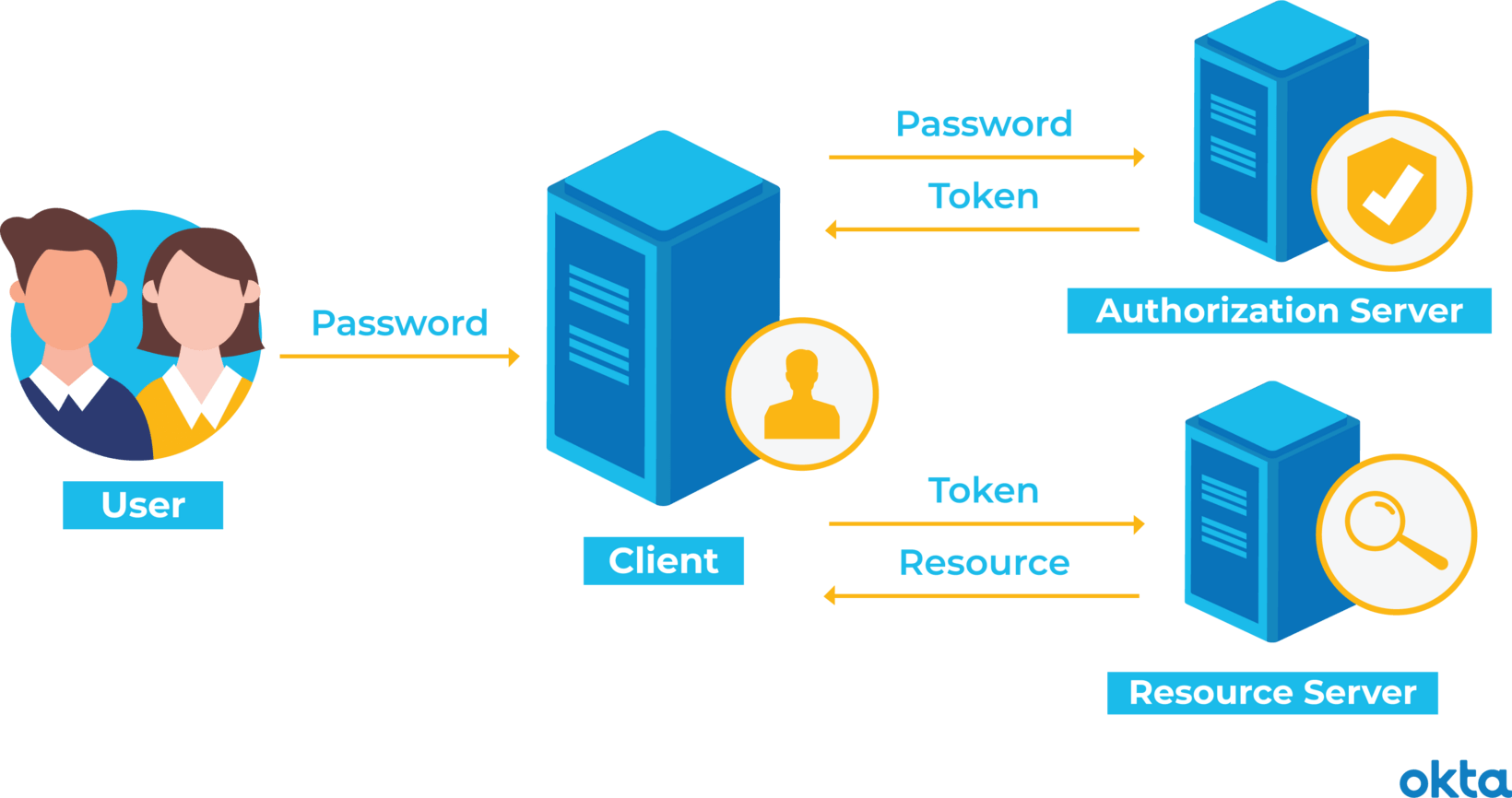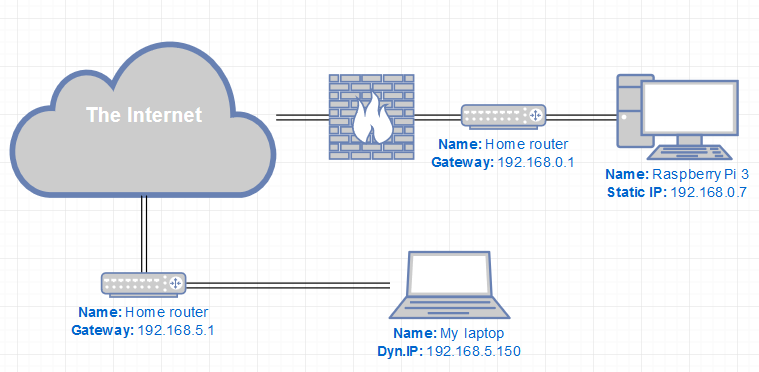How to Authenticate Users: JWT vs. Session
In web applications, you try to decide when to use either JSON Web Tokens (JWTs) or sessions (cookies) for authentication. When you browse the web you use HTTP, which is a stateless protocol. So, the only way to remember the states of your application is using either sessions or tokens.










